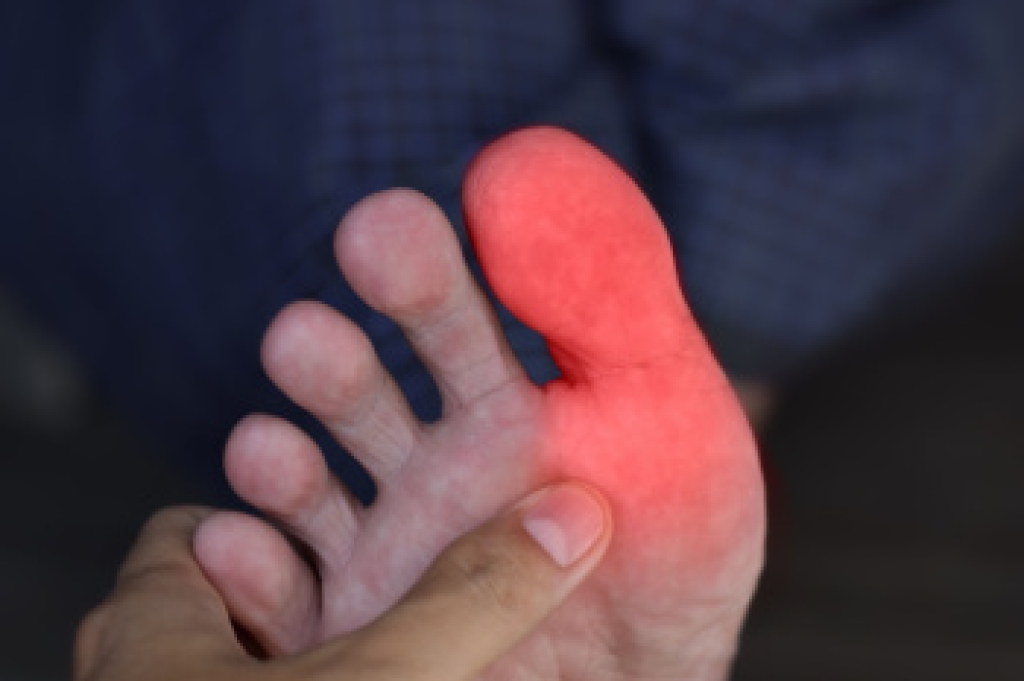
Stiffness in the big toe, often linked to a condition called hallux limitus, can greatly interfere with normal foot function. The big toe joint plays an important role in walking, balance, and push-off during each step. When motion at the joint is reduced, it can cause pain on the top of the toe and limit the ability to bend it properly. Over time, this stiffness may lead to bone spurs forming around the joint, further restricting movement and contributing to swelling or discomfort in shoes. In more advanced cases, the joint may become rigid, a condition known as hallux rigidus, which can cause ongoing pain and difficulty with everyday activities. A podiatrist can evaluate stiffness in the big toe and recommend treatment options to restore mobility, relieve pain, and protect long-term joint health. If you notice stiffness in your big toe, it is suggested that you schedule an appointment with a podiatrist for an evaluation and appropriate treatment.
Toe pain can disrupt your daily activities. If you have any concerns, contact one of our podiatrists of Suncoast Podiatry Associates. Our doctors can provide the care you need to keep you pain-free and on your feet.
What Causes Toe Pain?
Most severe toe pain is caused due to a sports injury, trauma from dropping something heavy on the toe, or bumping into something rigid. Other problems can develop over time for various reasons.
Toe pain can be caused by one or more ailments. The most common include:
- Trauma
- Sports injury
- Wearing shoes that are too tight
- Arthritis
- Gout
- Corns and calluses
- Hammertoe
- Bunions
- Blisters
- Ingrown toenails
- Sprains
- Fractures (broken bones)
- Dislocations
When to See a Podiatrist
- Severe pain
- Persistent pain that lasts more than a week
- Signs of infection
- Continued swelling
- Pain that prevents walking
Diagnosis
In many cases the cause of toe pain is obvious, but in others, a podiatrist may want to use more advanced methods to determine the problem. These can range from simple visual inspections and sensation tests to X-rays and MRI scans. Prior medical history, family medical history, and any recent physical traumatic events will all be taken into consideration for a proper diagnosis.
Treatment
Treatments for toe pain and injuries vary and may include shoe inserts, padding, taping, medicines, injections, and in some cases, surgery. If you believe that you have broken a toe, please see a podiatrist as soon as possible.
If you have any questions please contact our office located in Ocala, FL . We offer the newest diagnostic and treatment technologies for all your foot and ankle needs.